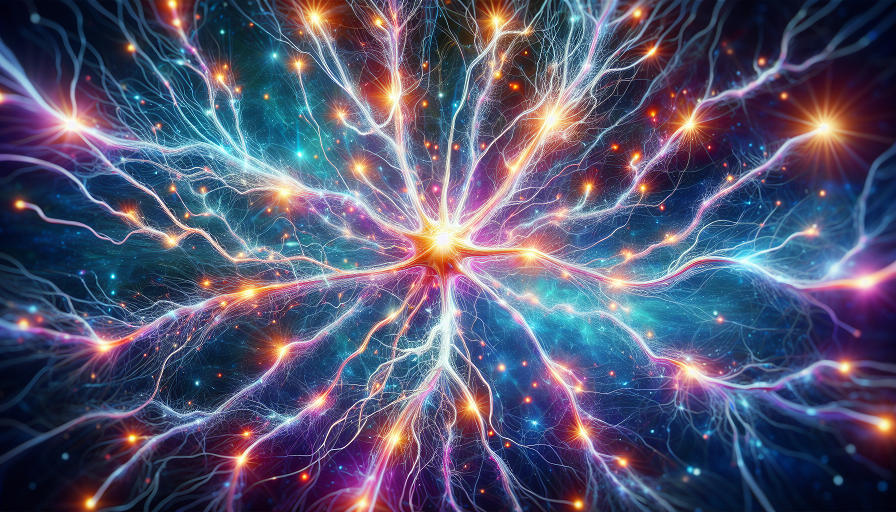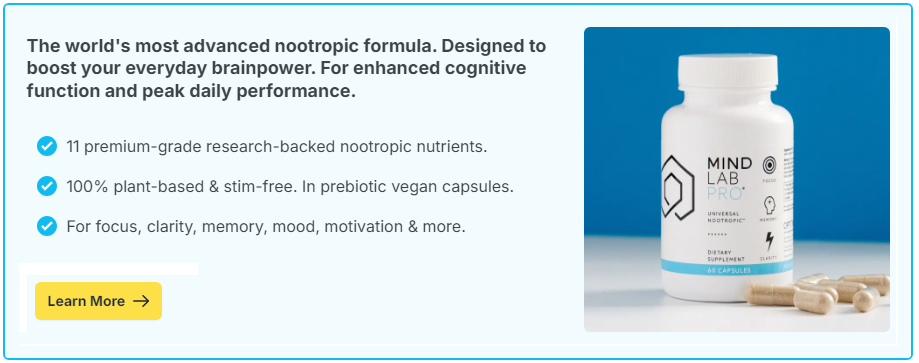
Ever wonder how memory champions can recall thousands of numbers, words, or entire decks of cards in minutes?
They don’t have superhuman brains. Instead, they use proven cognitive hacks to train their minds for extreme recall, focus, and mental agility. The best part? You can use these same techniques to boost your memory and recall information faster.
Here are 8 powerful cognitive hacks used by memory champions that you should try.
Contents
- 1. The Memory Palace Technique (Method of Loci)
- 2. Chunking (Break Information Into Smaller Groups)
- 3. The Major System (Turning Numbers Into Words)
- 4. Visualization and Association
- 5. The Peg System (Using Anchors to Remember Lists)
- 6. The Rule of 10 (Reviewing Information at Strategic Intervals)
- 7. Using Mnemonics and Acronyms
- 8. Practicing Dual N-Back Training
1. The Memory Palace Technique (Method of Loci)
Why it works: Your brain is wired to remember locations better than abstract information.
The science: Studies show that associating information with familiar locations enhances memory recall.
How to use it: Imagine placing pieces of information inside rooms in a familiar place (like your house). When you need to recall them, mentally walk through your “memory palace.”
2. Chunking (Break Information Into Smaller Groups)
Why it works: The brain remembers small chunks better than long sequences.
The science: Research suggests that grouping information into meaningful segments improves retention.
How to use it: Instead of remembering a 10-digit phone number as “3942057864,” break it into smaller chunks: “394-205-7864.”
3. The Major System (Turning Numbers Into Words)
Why it works: Numbers are hard to memorize, but words and images are easier.
The science: The brain processes images faster than raw data.
How to use it: Assign sounds to numbers (e.g., 1 = T, 2 = N, 3 = M) and turn them into words. For example, “32” could be “moon.” Use vivid mental pictures to make the numbers stick.
4. Visualization and Association
Why it works: Your brain remembers images and stories better than random words.
The science: Studies show that associating abstract concepts with visuals improves recall.
How to use it: If you need to remember the name “Baker,” visualize a chef wearing a white hat baking bread.
5. The Peg System (Using Anchors to Remember Lists)
Why it works: Pegging new information to known words or images makes recall easier.
The science: Memory champions use this technique to memorize long lists in order.
How to use it: Assign numbers to rhyming words (1 = sun, 2 = shoe, 3 = tree). To remember “apple” as the first item, imagine a sun roasting an apple.
6. The Rule of 10 (Reviewing Information at Strategic Intervals)
Why it works: The brain forgets information unless it’s reinforced at the right time.
The science: The forgetting curve shows that reviewing information at spaced intervals strengthens memory.
How to use it: Review new information after 10 minutes, 1 hour, 1 day, 1 week, and 1 month for long-term retention.
7. Using Mnemonics and Acronyms
Why it works: The brain remembers catchy phrases and word associations better than raw facts.
The science: Mnemonics help encode information in a more memorable format.
How to use it: Use acronyms like “HOMES” to remember the Great Lakes (Huron, Ontario, Michigan, Erie, Superior).
8. Practicing Dual N-Back Training
Why it works: It strengthens working memory and cognitive flexibility.
The science: Studies suggest Dual N-Back training can improve IQ and fluid intelligence.
How to use it: Use apps like “Brain Workshop” to practice recalling sequences of spoken letters and spatial positions.
Interested in more brain health listicles? Go HERE

